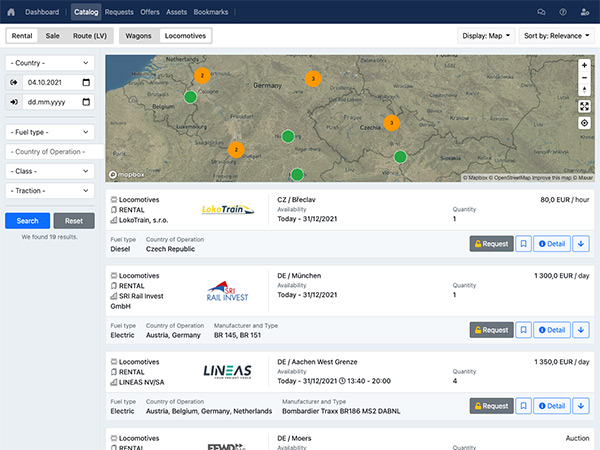The research shows that only 800 miles of additional electrification is needed in the UK to enable 95% of rail freight to be carried by electricity. The initial 60 miles of infill electrification is estimated to cost around £50 million per year over two years - less than the cost of a road scheme - and provides a way to decarbonise key parts of the UK logistics system.
Currently, only 10% of UK freight trains are hauled by electric locomotives and the UK lags behind its European counterparts in the electrification of rail freight.
Furthermore, CILT suggests that an electrification programme of 40 route miles per year for 20 years, at a cost of £100 million per year, is required to realise this significant opportunity for the UK to meet its decarbonisation and net zero targets:
"CILT's electrification strategy would enable around 95% of the UK's freight trains to be pulled by electric locomotives by the mid-2040s, saving significant amounts of carbon each year. The strategy benefits passengers as well as freight customers. Almost all of the routes involved carry passenger trains, and the strategy would allow the replacement of obsolete diesel trains with modern electric units," said Julian Worth FCILT, Chair of CILT's Rail Freight Forum and lead author of the strategy.
While decarbonisation technology for other modes of transport is still emerging and therefore sometimes difficult to introduce, electrified rail is a mature, proven green technology that has been in use for over 60 years. CILT sees this as a 'low hanging fruit' opportunity to decarbonise and reduce emissions from transport operations.
Based on detailed analysis of data on rail freight movements across the UK, the routes proposed for electrification run from major container ports to inland distribution centres, which are key supply chain hubs, and from major quarries to urban areas that require large quantities of construction materials. Routes serving other key rail freight customers, such as the steel industry, are also included.

